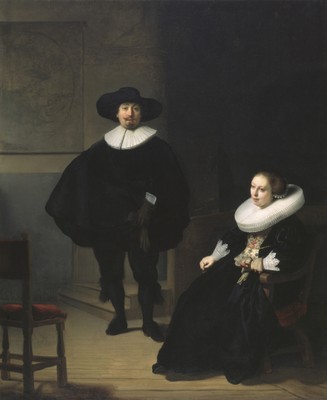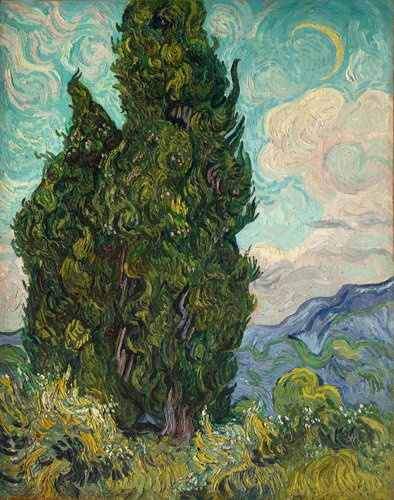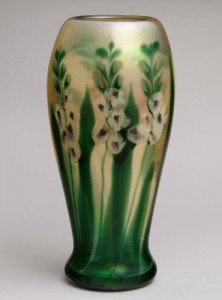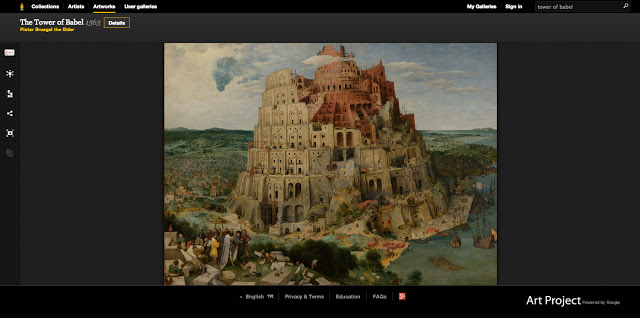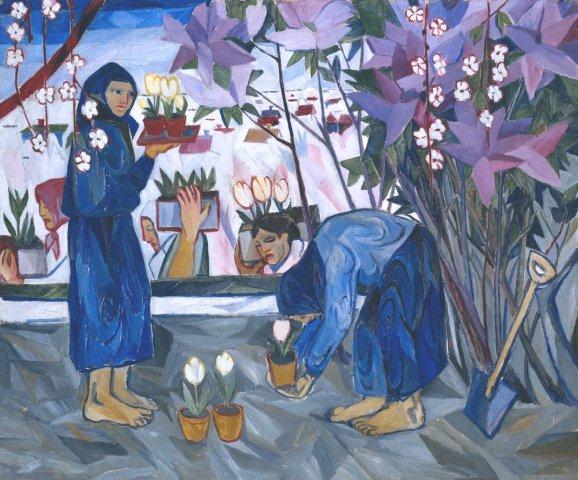My headline is way too broad — one could write a book, or at least a long white paper, on how the web is changing the museum world. And I’m not talking about museum websites. But here are three disparate ways we’ve seen change in the last few days.
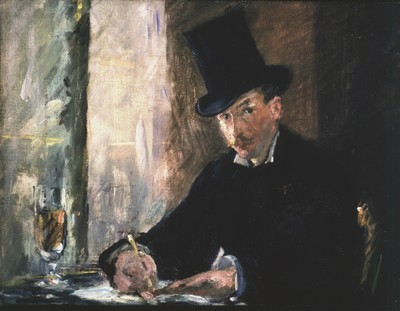 1) Last week, the BBC reported that a crowd-sourcing site it started with the UK’s public collections — called Your Paintings (I reported on that initiative here last year) — led to the discovery of an unknown van Dyke. Previously, the portrait was considered to be a copy; covered in dirt, it was kept in storage at the Bowes Museum in County Durham. An art historian and dealer named Dr. Bendor Grosvenor saw it online, thought differently, and it has now been authenticated by Chris Brown, a van Dyke expert.
1) Last week, the BBC reported that a crowd-sourcing site it started with the UK’s public collections — called Your Paintings (I reported on that initiative here last year) — led to the discovery of an unknown van Dyke. Previously, the portrait was considered to be a copy; covered in dirt, it was kept in storage at the Bowes Museum in County Durham. An art historian and dealer named Dr. Bendor Grosvenor saw it online, thought differently, and it has now been authenticated by Chris Brown, a van Dyke expert.
2) Earlier today, the FBI announced that it knew who stole 13 works of art from the Isabella Stewart Gardner Museum 23 years ago. According to that press release:
The FBI believes it has determined where the stolen art was transported in the years after the theft and that it knows the identity of the thieves, Richard DesLauriers, special agent in charge of the FBI’s Boston office, revealed for the first time in the 23-year investigation. “The FBI believes with a high degree of confidence that in the years after the theft, the art was transported to Connecticut and the Philadelphia region, and some of the art was taken to Philadelphia, where it was offered for sale by those responsible for the theft.â€
And then the FBI said it created a special website about the heist, asking the public to help it solve the crime. It has four videos, one about the art (two of the stolen paintings pictured here), and one each from two FBI special agents and the Gardner’s security chief. Other relevant information is also there.
3) I received notice the other day about a new website that calls itself Vastari, “a new platform to revolutionize collecting and curating.” The site, based in London, connects registered collectors and curators, via two search engines: “one database of exhibition proposals for collectors to browse, and a search engine of objects for museums to consider for said exhibition proposals.”
Collectors upload to a secure site pictures of their exhibition-worthy art, which must possess “Â a concrete provenance” and is “owned indisputably by you.” This service is free now, but there will be an annual charge.
This way, the collector benefits from targeted contact with cultural institutions, whereas the institution profits from broader curatorial choices in the private sector.
See more about Vastari here. Notice that the site carries logos of the Museums Association and the American Alliance of Museums.
It’s a rather interesting concept. Let’s see where it goes.
Photo Credits: Courtesy of the FBI

